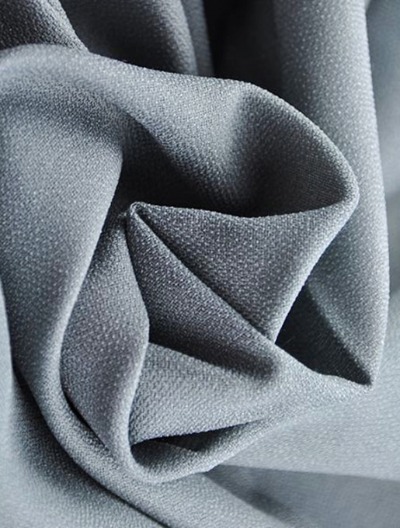Unveiling the Unsung Hero of Modern Apparel
Behind every well-structured and impeccably tailored garment lies a crucial, yet often overlooked, component: the interlining. Far from being a simple layer of fabric, the interlining serves as the skeletal framework of clothing, providing stability, shaping, and lasting form. It is the silent force that allows a sharp suit jacket to maintain its crisp lines or a flowing trench coat to hold its elegant silhouette. In today’s fast-paced world, where clothing endures frequent wearing, washing, and dry cleaning, the performance of the interlining is paramount to a garment’s longevity and ability to retain its original charm. Therefore, choosing an interlining with superior strength, minimal shrinkage, and excellent bonding properties is a non-negotiable step in the creation of high-quality apparel.
Beyond the Conventional: How Needle-Punching Technology Delivers Exceptional Performance
Traditional interlining methods often fall short when faced with the demands of complex fabrics and high-stress applications. The advent of needle-punching nonwoven technology, however, has revolutionized this field. Through a specialized process, fibers are mechanically entangled to form a dense and robust three-dimensional web. This unique structure endows the interlining with remarkable longitudinal strength, effectively preventing the face fabric from deforming under tension. Furthermore, this type of interlining boasts an extremely low thermal shrinkage rate. In garment manufacturing, thermal processes like ironing and fusing are indispensable. If an interlining has a high shrinkage rate, it can cause the fabric to wrinkle, bubble, or even alter the garment’s dimensions. The low shrinkage property, conversely, ensures the interlining remains stable under heat, guaranteeing a smooth finish and precise sizing, thus laying a solid foundation for garment quality.

The Art of Adhesion: How Double-Dot Coating Ensures a Lasting Bond
The bonding performance of an interlining is central to its function. The double-dot coating technique, an advanced bonding process, provides the interlining with exceptional adhesive strength. This technology involves uniformly applying high-performance PA adhesive powder in a distinctive double-dot pattern across the interlining’s surface. When fused under heat and pressure, these tiny adhesive dots melt and permeate the fabric fibers, forming a strong and durable bond. Compared to conventional single-dot coatings, the double-dot method not only offers superior peel strength but also ensures uniform adhesion and breathability across the bonded area. Crucially, this technique provides outstanding dry-cleaning and water-washing resistance. Even after numerous wash cycles, the interlining remains securely in place without peeling, bubbling, or delaminating, ensuring the garment’s lasting durability and allowing the wearer to enjoy its comfort and aesthetics with confidence.
A Versatile Solution: A Guide to Pairing Interlinings with Different Fabrics
The selection of an interlining is a nuanced process that must be carefully matched to the fabric’s material, weight, hand feel, and the garment’s style. For delicate and lightweight materials like silk, a soft interlining with moderate adhesion is essential to preserve its ethereal drape. For cotton, polyester, and blended fabrics, a medium-to-stiff interlining can be chosen based on the desired level of structure and crispness. For heavy wool fabrics, a high-strength interlining with strong peel adhesion is required to ensure the garment retains its shape over time. The right interlining selection can maximize a fabric’s inherent qualities, such as enhancing the crispness of cotton or improving the drape of silk. Therefore, a deep understanding of different interlining properties and the ability to flexibly match them to specific needs are core skills for designers and manufacturers.
The Devil in the Details: Elevating Garment Quality with Strategic Interlining Use
A garment’s true quality is often revealed in its details. The collar, cuffs, placket, waistband, and pockets are the “showpieces” of a garment, and their flatness, crispness, and durability directly influence the garment’s overall perceived value. The strategic reinforcement of these critical areas is where the interlining truly shines. By using a high-performance interlining in these high-wear, high-stress zones, you can effectively prevent the fabric from wrinkling or losing its shape during wear and washing. For instance, using an interlining in the placket and collar of a suit jacket gives it a sharp, structured look that resists curling. Similarly, applying an interlining to the cuffs of a jacket or trench coat adds strength and prevents fraying. It is through this meticulous attention to detail that interlinings can transform ordinary textiles into garments of superior quality. They are not merely a structural support; they are a guarantee of quality, ensuring that every piece of clothing stands the test of time and remains a timeless classic.

 English
English Español
Español Türk
Türk 简体中文
简体中文









